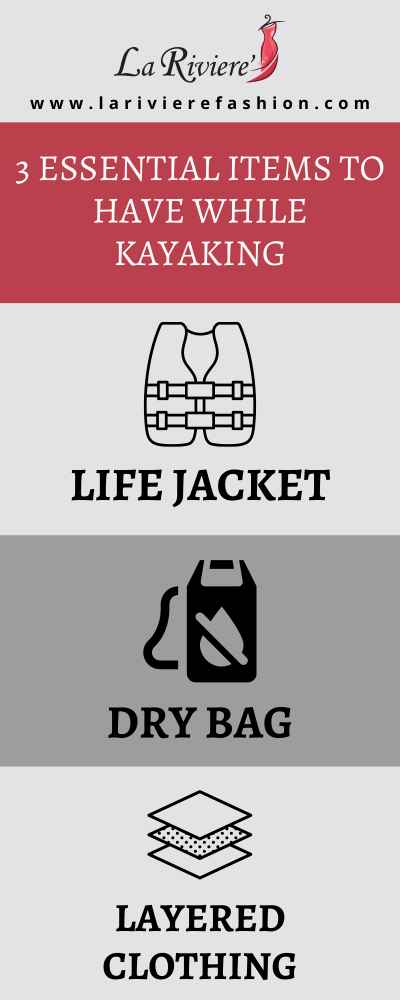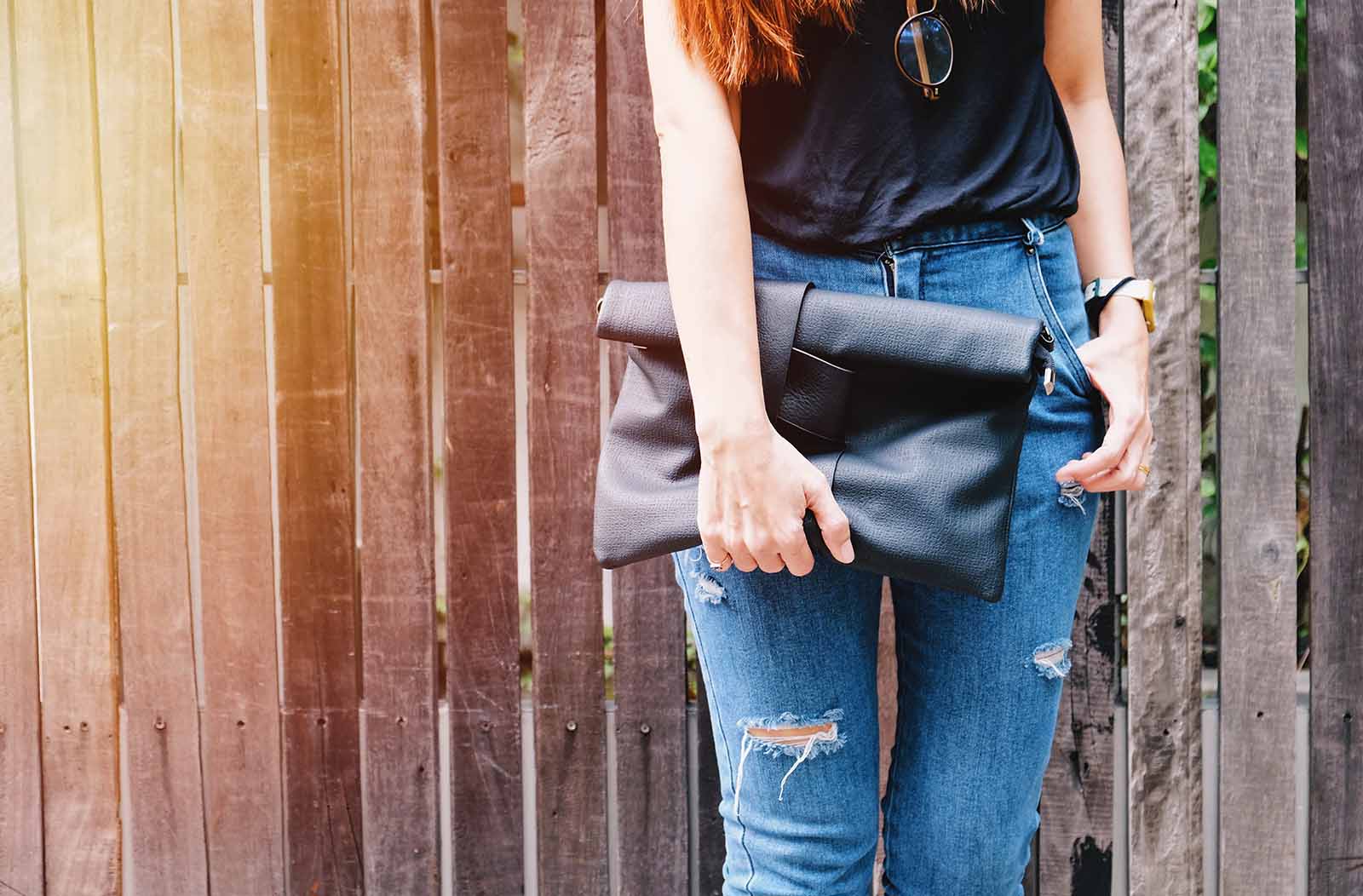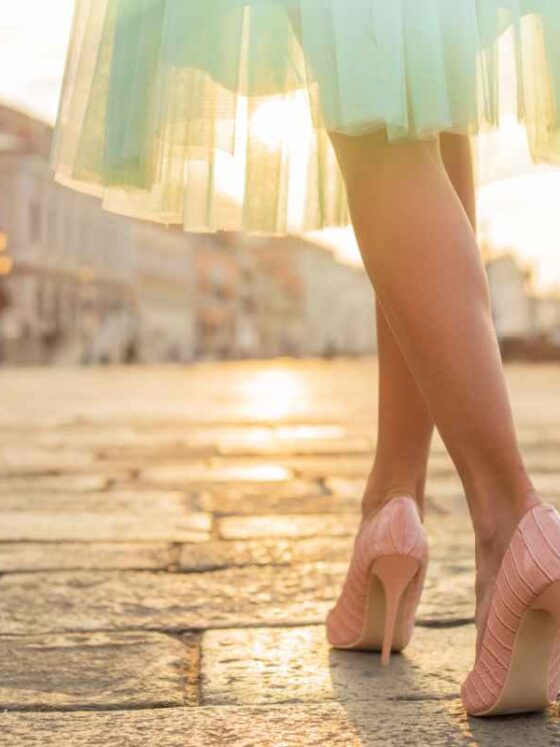Outfit Ideas: What to Wear When Kayaking!
For those who love spending time in the great outdoors or enjoy adventures on the water, kayaking is a great way to get active and have fun. As you are packing for a kayaking trip, having the right equipment and clothing is very important to stay comfortable and safe.
When kayaking in cool weather, dress in layers that can be added or removed throughout the trip when needed. When kayaking in warm weather, there may not be a need for layers, but sun protection, comfort, and mobility will be important. In hot or cold weather, a life jacket is essential.
Kayaking is a great activity for those who want to find new ways to exercise. It is also a great way to relax on the water with family and friends. Being properly dressed, however, can play an important role in the level of enjoyment a kayaker will have. Continue reading and make sure you have everything you need for a safe and enjoyable adventure.
What Do You Wear Kayaking in Hot Weather?
A hot, sunny day is a perfect time to get out onto the water for a kayaking trip. Since it is such a hot day, you might think that the least amount of clothing possible is all you need. While the outdoor temperature may be hot, it is important for a kayaker to always check the water temperature before getting dressed for a kayaking trip.
Water temperatures can be very different from the air temperature. Many times the water temperature is much cooler than temperatures on the shore. Checking the water temperature will give you a good idea about what kinds of clothing you need to wear.
If the water temperature is warm and you feel comfortable enough, wearing a swimsuit or other light clothing will be acceptable. If the water temperature is much cooler than the air temperature, it is important to dress in layers. You can always remove layers if it ends up being too warm.
What Clothing Do You Need for Kayaking?
The clothing choices that you make primarily depend on the type of kayaking you are doing, the weather, and your comfort needs. The main factors to consider when choosing an outfit for kayaking include:
- Is it waterproof?
- Will it provide insulation if you get wet?
- Is it comfortable enough to move around freely?
- Will the material be easily damaged?
Wearing clothing that is waterproof or moisture-wicking helps you to dry out quickly if you get wet. It is important to avoid wearing anything that is cotton-based. Cotton material soaks up water and takes a great deal of time to dry.
Many kayakers choose to wear a wetsuit or drysuit while they are kayaking to protect themself from hyperthermia or getting wet. A wet suit is designed to fit closely to the body in order to help keep warm in the event that you would fall into very cold water. A wetsuit does not prevent you from getting wet but does help prevent hypothermia.
A drysuit, on the other hand, is a loose-fitting garment that prevents water from penetrating the fabric so you will not get wet. A drysuit will keep you dry, but it will not protect you against cold water or protect from hypothermia. Most kayakers would recommend a wetsuit since it is form-fitting and insulates body heat.
Kayaking is an activity that requires a lot of movement. Wearing clothing that allows you to move freely is immensely important. If the clothing is uncomfortable or constricting, it will be difficult to enjoy time on the water. Clothing that is too bulky or constricts body movement will make it difficult to maneuver the kayak.
Protection from the Sun and Other Natural Elements
When out on the water, kayakers are exposed to all the natural elements and are vulnerable to all weather events. It is important to be prepared and keep yourself dry and safe while out on the water. It is important to always carry the proper equipment for the weather conditions.
Sunscreen or UV protective clothing is extremely important whenever in a kayak. Sunscreen should always be applied to any exposed skin before heading out on the water. It should also be packed along to be reapplied regularly throughout the trip. A hat is also a good accessory that can help protect you from the sun.
Wind and rain are other weather factors that need to be accounted for. Checking the forecast for both land and water is important in order to make sure you have the proper attire packed.
Especially on open water, wind can cause some discomfort if you do not have a proper wind jacket. Lightweight and waterproof jackets will help protect you from both the wind and rain if bad weather strikes.
Choosing the Right Material
Choosing the right material is important for any water activity, including kayaking. Ensuring that clothing is waterproof or moisture-wicking is important to keep dry or to dry out quickly after getting wet.
Another consideration to make is choosing clothes that are high-quality and durable. Material that is thin and prone to ripping will not last very long in a kayak. The constant repetitive motion of rowing, along with getting caught on trees, rocks, or branches, could damage fragile material.
Something else that is not often considered is choosing clothing that is free from metal and other materials that might rust or damage when wet. Zippers or buttons can not only become uncomfortable while sitting in a kayak but can also be damaged if exposed to water for long periods of time.
When choosing an outfit for kayaking, make sure to choose materials that follow these simple rules:
- Waterproof (no cotton material)
- Lightweight
- Durable
- Metal-free
Checking your outfit before leaving for the water will ensure that your adventure will be comfortable and fun.
What is Proper Footwear for Kayaking?
Choosing the right clothing for your feet is something that is commonly overlooked when dressing for water adventures. Comfort and safety must also be taken into consideration when choosing proper footwear.
The best choice in footwear for any kayaker is waterproof paddling boots. These boots will keep your feet protected from all the elements and will also keep them warm even in chilly water. Most occasional kayakers will not invest in these paddling boots, but for experienced kayakers, they are a must-have item.
Even though kayakers typically have their feet safely inside the boat while paddling, they can still be exposed to water, sun, rocks, and other natural elements. Wearing thin water shoes with soft bottoms could expose your feet to damage. Choosing to go barefoot or in shoes that have thin bottoms might cause you to have sore feet by the end of your trip.
Many kayakers choose flip flops or other open-backed sandals when out in their kayak. These are not safe choices when out on the water. Having an open-backed shoe makes it extremely easy to lose the sandal if you hit any rough water. They also make it more difficult to get in and out of the kayak and are not as safe to wear while transporting. Having closed-backed shoes is the safest choice.
Should You Wear a Bathing Suit Kayaking?
When the weather is hot both in and out of the water, there is no need to bundle up in several layers of clothes. Wearing a bathing suit is a great option for those who are kayaking in high heat. When kayaking in colder weather, however, a wetsuit is a better option to keep warm in the cold water.
Wearing a bathing suit or other undergarments is a great clothing option if it follows these criteria:
- Is waterproof (some sports bras are made out of cotton and will be difficult to dry)
- Does not restrict movement
- The land and water temperature are both forecasted to be comfortably warm
- Fast-drying
When choosing to wear a bathing suit or undergarments while kayaking, it is a good idea to pack along extra layers in case the weather decides to cool off. It is also important to make sure all exposed skin is thoroughly protected with regular sunscreen applications.
3 Essential Items to Have While Kayaking
When going on a kayak trip or any water activity, certain items are absolutely essential no matter what the weather and temperature are like. If you are a veteran kayaker or if this is your first excursion, you should always take these next three items with you.
These items will keep you and the items you bring along for the journey safe and sound.
Life Jacket
Life jackets, also called personal floatation devices (PFD), are absolutely essential for any time you are on the water. All states have their own set of rules about when to wear life jackets, but most states require that there is a life jacket for every person aboard a water vessel.
When choosing a life jacket, make sure to check that it is the right fit for you:
- It is the correct size for your body type
- It is tightened and fits snug on the body
- It is comfortable and allows for free movement while paddling
- It works well in the water and can keep you afloat
The purpose of a life jacket is to keep the person wearing the jacket afloat should they capsize or fall overboard. It is designed to be worn over clothing items and should be worn anytime you are on the water. While a life jacket is not always the most stylish clothing item, it is very important for keeping you safe.
Dry Bag
A dry bag is an essential item for keeping your personal items dry and safe during a kayaking trip. Dry bags are designed to keep anything inside the bag completely dry and keep water out.
Personal items like keys, phones, and other electronic devices should be kept safely in a dry bag. Getting any of these items wet could be devastating, so it is important to keep them dry should they accidentally fall in the water.
Dry bags come in a variety of sizes. It is important to pick a bag size that will comfortably fit all the items you wish to keep dry.
Layered Clothing
Nothing is worse than being stuck out on the water and uncomfortable because of poor clothing choices. To prevent this from happening, dressing in layers is essential for comfort on a kayak.
Dressing in layers gives the kayaker freedom to add and take off layers as the weather changes throughout the trip. Forgetting this essential step could lead to an unhappy and uncomfortable experience out on the water.
Having a lightweight shirt and sweatshirt for warmer weather and fleece-lined gear for cooler weather will give you different options for comfort during the kayaking trip.
Conclusion
Keeping yourself comfortable and safe are top priorities when you are out on the water in a kayak. Choosing the right outfit for a trip on the water will make all the difference in your experience. By making sure you check the air and water temperature, wear waterproof clothing, and have all the essential gear, you are sure to have a wonderful kayaking trip.








